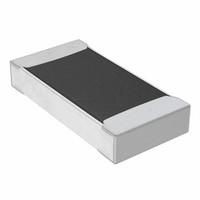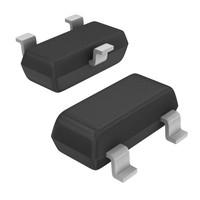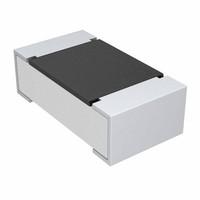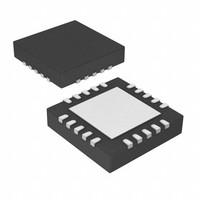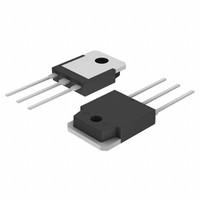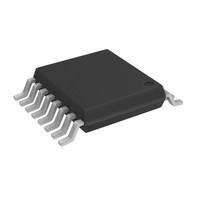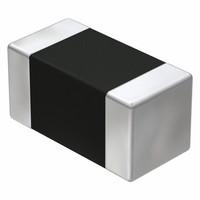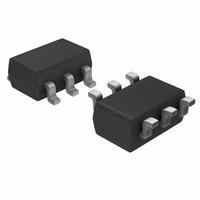Semiconductor lithography machine giants, where to go?
By
Maggie
/ March 28, 2024
On March 27th, according to foreign media reports, the Dutch government plans to inject at least 1 billion euros into lithography equipment giant ASML in order to retain its development in the Netherlands. Earlier this month, local Dutch newspaper De Telegraaf revealed that ASML plans to move the company out of the Netherlands. The report indicates that ASML has expressed its intention to the Dutch government, stating that it may expand or relocate elsewhere, with France being one of the options. According to the Dutch news agency, the Dutch government has established a special working group called "Beethoven Action", led by Prime Minister Mark Luther, to negotiate with ASML to address its concerns about local labor supply, regulatory policies, and supply chain security in the Netherlands. The latest news indicates that the Dutch government plans to allocate over 1 billion euros (approximately 7.8 billion yuan) in funding for the development of ASML headquarters, including infrastructure investment, housing, and the expansion of Eindhoven University of Technology, particularly to cultivate skilled technical talents for ASML. According to data, ASML is the world's largest lithography equipment manufacturer, with absolute dominance in this field. Its development in the Chinese market has exceeded 30 years. On March 27th, Minister of Commerce Wang Wentao met with visiting Dutch Minister of Foreign Trade and Development Cooperation Fan Lvwen. Both sides exchanged in-depth views on topics such as exporting lithography machines to China and strengthening cooperation in the semiconductor industry. Wang Wentao expressed his hope that the Dutch side will uphold the spirit of the contract, support enterprises in fulfilling their contractual obligations, and ensure the normal operation of lithography machine trade. To prevent security generalization, jointly maintain the stability of the global semiconductor industry and supply chain, and promote the sustained and healthy development of bilateral economic and trade relations. Fan Lvwen also stated that China is one of the most important economic and trade partners of the Netherlands, and the Netherlands is willing to continue to be a reliable partner for China. The Dutch export controls are not targeted at any country, and decisions are based on independent and autonomous assessments, while minimizing the impact on the global semiconductor industry and supply chain as much as possible under safe and controllable conditions.





















